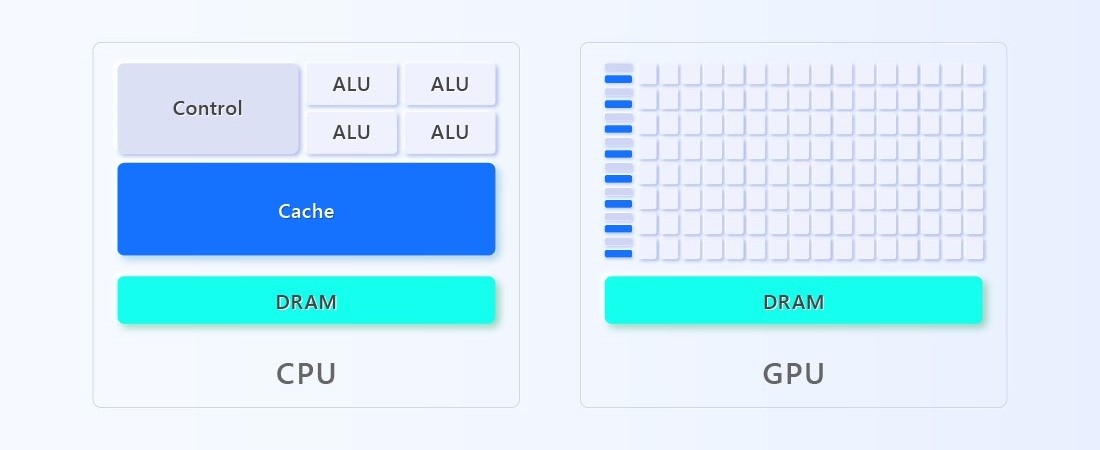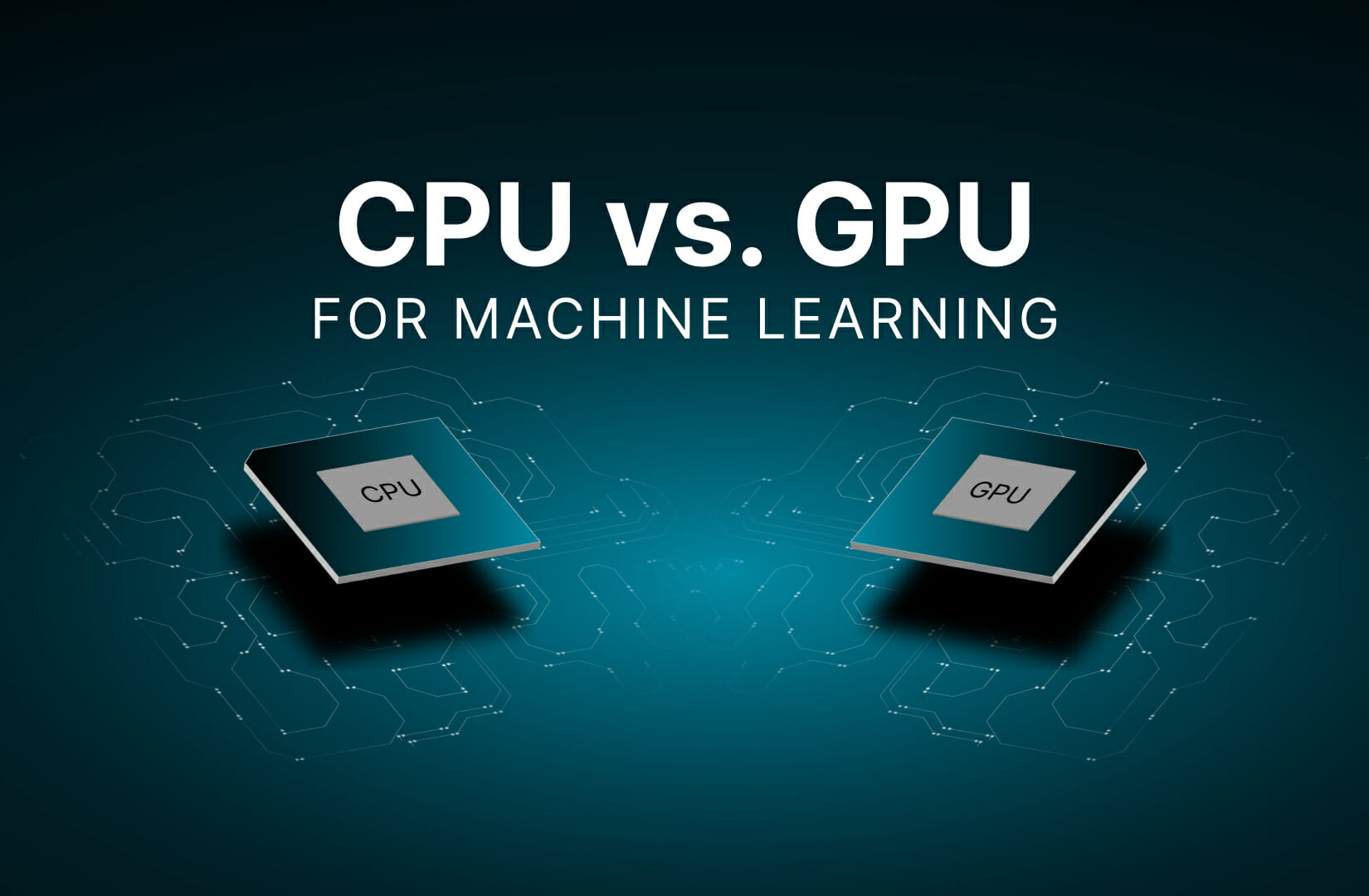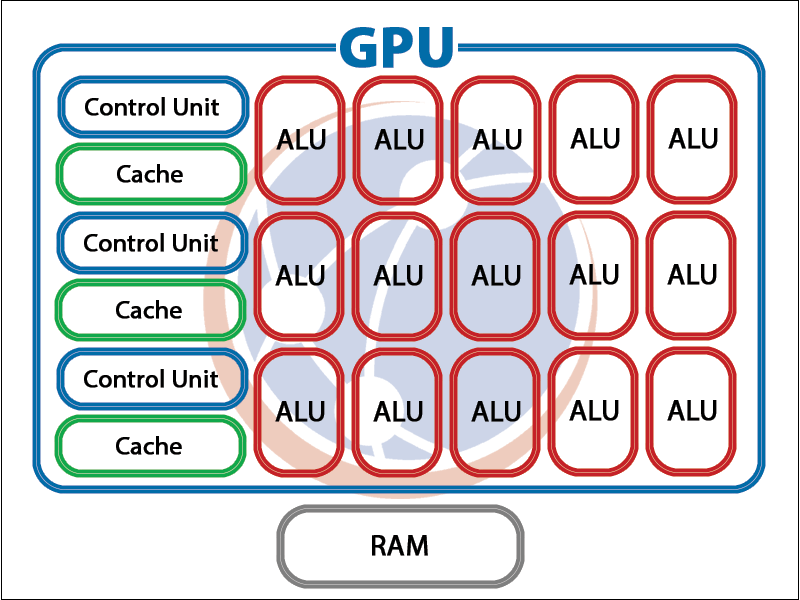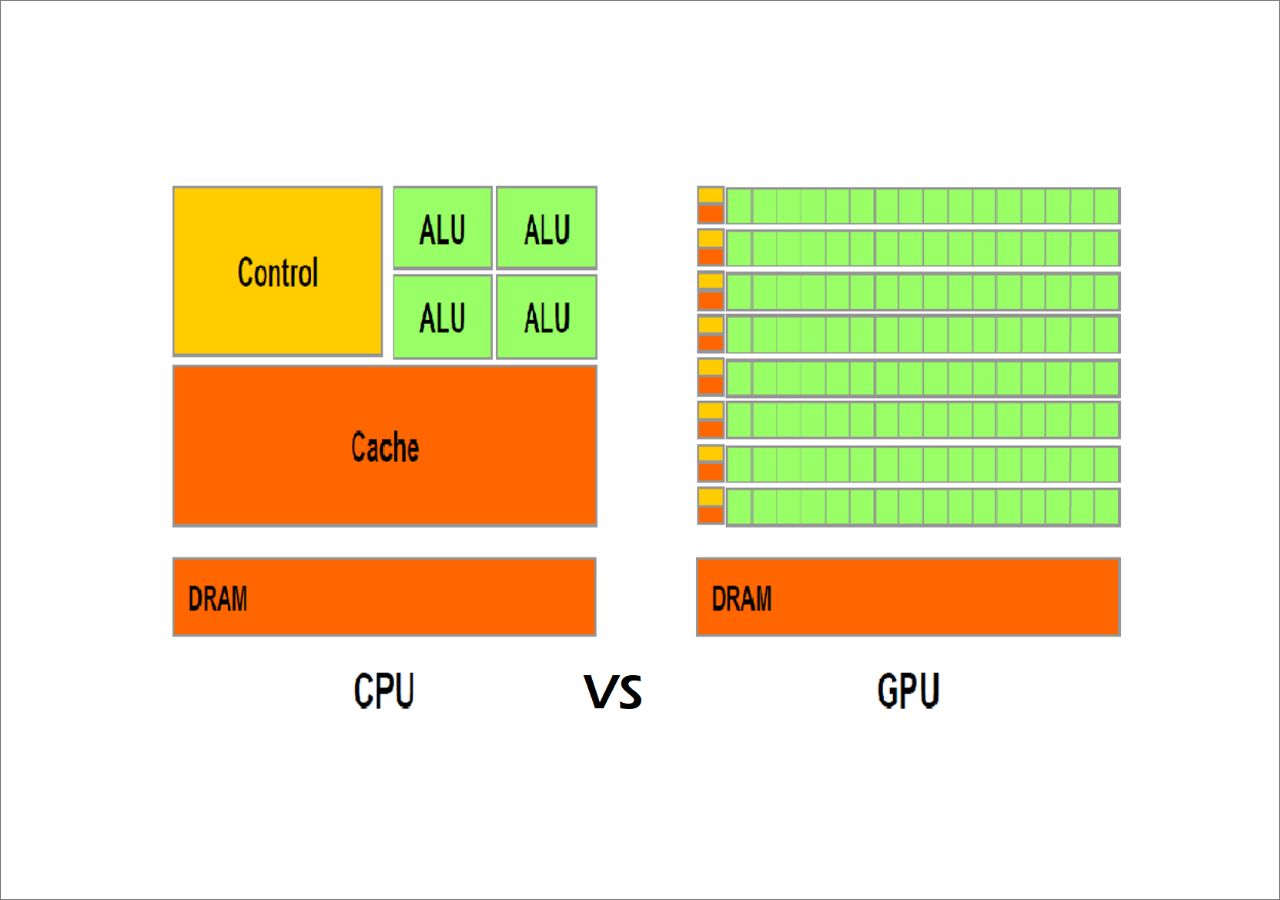Roads & PavementRoads & Pavement
Barefoot
Minimal
Low
Medium
High
Maximal
All around running shoes offer comfort and cushioning for daily runs, jogs, walks, and long mileage. They offer enough versatility for both faster and slower runs and are a great option for those who want one running shoe to do it all.
Fast run or uptempo running shoes are lightweight and responsive. They offer streamlined designs that have minimal uppers and offer a high level of energy return. These shoes are a great option for faster runs in the week or those looking for a livelier experience.
Max Cushion shoes offer premium cushioning with ample ground protection and a stable ride. These types of shoes provide abundant impact protection that softens landings while running at any pace or distance. These types of shoes are best for slower recovery runs and easy days where comfort takes priority.
Racing shoes are designed with optimal performance in mind. These types of shoes have snug-fitting uppers, energetic midsole foams, and features implemented for maximum efficiency. These types of shoes are best for runners looking to gain the ultimate advantage in races but may sacrifice some durability and comfort.
Gym Workout shoes offer a stable and versatile ride. They have a firmer underfoot feeling that provides stability for lateral movements with comfortable uppers. These types of shoes are best for trips to the gyms, cross training, casual wear, and light running. CPU vs GPU what is the difference IBE Electronics
Road running shoes feature smooth outsoles that are designed for running on paved surfaces such as roads, sidewalks, and bike paths.
Designed to handle most trail runs, these shoes prioritize comfort and a smooth ride. These shoes are great for anything from smooth singletrack, park trails, and fireroads making them ideal for those who run from their doorstep on streets before hitting the trail.
These shoes are best used for hard, rugged trails such as shale, granite or sandstone where grip on smooth surfaces and underfoot protection are important.
Designed for use in muddy, soggy conditions, these shoes feature very aggressive outsoles that dig deep into soft ground for exceptional traction.
These shoes feature technical outsoles designed to grip snowy and icy trails making them ideal for winter trail running.
Cushioning level, or stack height, refers to how much shoe is between your foot and the ground. For this category, we reference the amount of cushioning below the forefoot as the heel height will be equal to or greater than the forefoot height.
GPU vs CPU What are the Key Differences Cherry Servers
0-13mm. The Shoe generally does not have a midsole and feels like there is no cushioning. This shoe is all about feeling the ground underfoot.
14-18mm. The shoe has a thin midsole that allows for a natural running experience. Racing shoes and minimalist shoes are common here. These shoes offer a feeling of being connected to the road or trail.
19-23mm. The shoe has a slightly cushioned feel and may feature added cushioning technologies. Performance training shoes and some trail shoes are common here. These offer protection during footstrike but prioritize a lightweight, grounded experience.
24-28mm. These shoes have a stack height that fall near the middle of the spectrum.The shoes in this category are verstaile and great for all types of runs and distances.
29-34mm. The shoe has a thick midsole and ample cushioning. These shoes are highly protective and absorb more impact than the body.
35mm plus. The shoe has an extremely thick midsole and extra cushioning. The focus is on protection and soft foam underfoot with hardly any ground feel.
Neutral shoes support the foot through a normal range of arch collapse and generally do not have a built-in technology to correct movement.
Stability shoes are a great option for those who overpronate or need added support. These shoes help to limit the inward rolling motion of the ankle while running or walking and assist in guiding the foot straight through the gait cycle. CPU vs. GPU for Machine Learning Pure Storage Blog
Product Details:
RISC V Universe Grows with New GPUs CPUs and Development Kits News sale, NVIDIA ARM Chips Can Almost Beat x86 Processors A100 GPU 104x sale, GPU Benchmarks Civilization V Choosing a Gaming CPU Single sale, AI 101 GPU vs. TPU vs. NPU sale, 10 million matrix operations in the same time as 10 using PyTorch sale, CPU Central Processing Unit and GPU Graphics Processing Unit sale, Computer CPU vs GPU What s the Difference sale, GPU vs CPU What Matters Most for PC Gaming HP Tech Takes sale, GPU Benchmarks Civilization V Choosing a Gaming CPU at 1440p sale, CPU vs. GPU vs. FPGA vs. ASIC PCB HERO sale, The need for a GPU in VDI SBC environments VDNieuwenhof.eu sale, What Is the Difference Between CPU and GPU AVG sale, Compare Benefits of CPUs GPUs and FPGAs for oneAPI Workloads sale, CPU vs GPU performance Something More for Research sale, CPU vs. GPU Rendering Which Should You Choose Incredibuild sale, How to compare GPU vs CPU performance for fast image processing sale, CPU vs. GPU Which Processor is Right for You GIGABYTE Global sale, CPU Vs. GPU A Comprehensive Overview 5 Point Comparison sale, GPU vs CPU at Image Processing. Why GPU is much faster than CPU sale, What Is the Difference Between CPU and GPU AVG sale, Can RISC V Do for GPUs What It s Done for CPUs Electronic Design sale, CPU vs GPU Can You Close the Deep Learning Performance Gap sale, GPU Vs. CPU Unleashing Computing Power sale, What Is the Difference Between CPU vs. GPU vs. TPU Complete sale, GPU vs CPU Performance Download Scientific Diagram sale, CPU vs GPU The Difference and Which One Is Better sale, GPU Computing the basics Chip ICT sale, CPU vs GPU Can You Close the Deep Learning Performance Gap sale, CPU Vs. GPU A Comprehensive Overview 5 Point Comparison sale, CPU vs. GPU Rendering What s the difference and which should you sale, What is the Main Difference Between CPU and GPU sale, Difference between GPU and CPU javatpoint sale, Evaluate GPU vs. CPU for data analytics tasks TechTarget sale, CPU vs GPU Architecture Pros and Cons and Special Use Cases sale, CPU vs GPU vs TPU Unveiling the Powerhouse Trio of Computing sale, What is The Difference Between CPU and GPU EaseUS sale, CPU Vs. GPU A Comprehensive Overview 5 Point Comparison sale, CPU vs. GPU for Machine Learning Pure Storage Blog sale, GPU vs CPU What are the Key Differences Cherry Servers sale, CPU vs GPU what is the difference IBE Electronics sale, CPU vs. GPU Which Processor is Right for You GIGABYTE Global sale, GPU vs CPU at Image Processing. Why GPU is much faster than CPU sale, CPU vs GPU vs TPU When to Use For Your Machine Learning Models sale, The Differences Between GPU vs CPU In Website Servers Liquid Web sale, Difference between CPU and GPU sale, Comparison of CPU versus GPU architecture. Download Scientific sale, Are GPUs Really Taking Over CPUs Hypertec sale, CPU vs GPU Know the Difference Incredibuild sale, CPU vs GPU What s the Difference Which Is Better NVIDIA Blog sale, CPU vs GPU Definition and FAQs HEAVY.AI sale, Product Info:
Gpu v cpu sale.
- Increased inherent stability
- Smooth transitions
- All day comfort
Model Number: SKU#7431209





